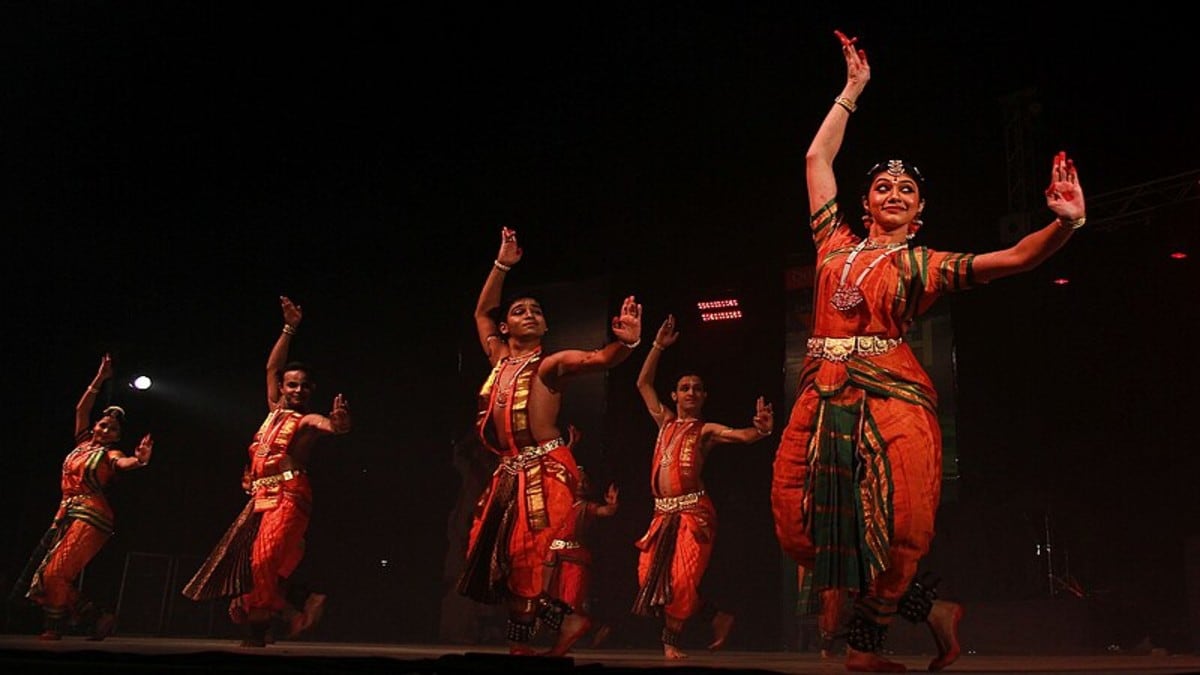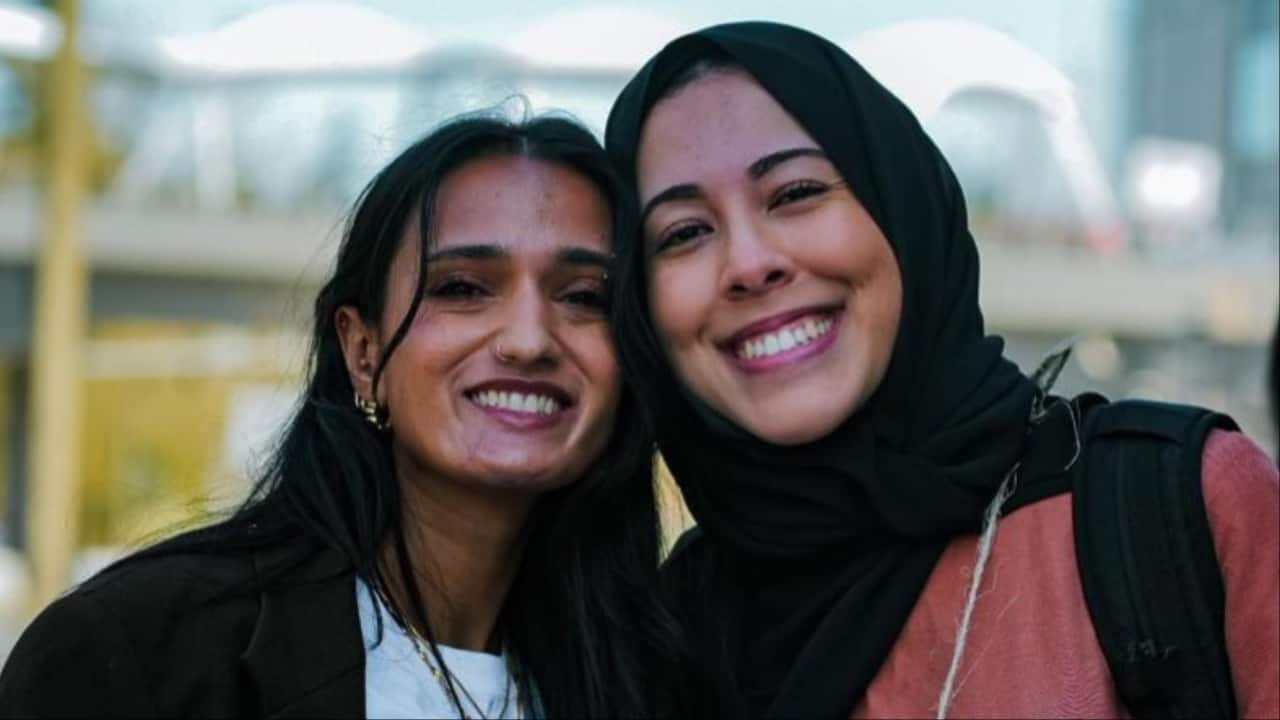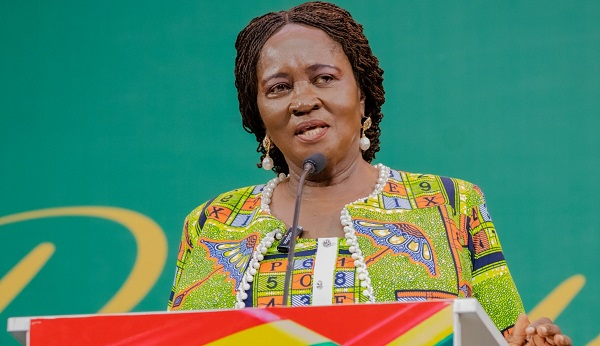In January 2024, three UK academics responded to Rahul Gandhi’s caste census idea by incorporating it into the field of Indian and South Asian dance, which are often used interchangeably in the UK. To realise the caste-justice objective, they founded the South Asian Dance Equity (SADE) network, funded by the AHRC (Arts and Humanities Research Council). Although described as a British South Asian dance-research project, SADE’s objectives are geopolitical, with the aim to incorporate caste discrimination within the UK’s Equality Act 2010 and to develop anti-caste diversity, equity, and inclusion (DEI) policies for South Asian arts in the UK and globally.
The network’s initiatives, including a large-scale anti-caste statement and an anti-caste DEI survey, aim to categorise South Asian artists into dominant caste-oppressor and caste-oppressed groups, a classification not used in India or the Arts Council England over the last hundred years. SADE’s Perspective on Hinducentrism in South Asia SADE’s radical geopolitical anti-caste vision was expressed clearly in the project launch titled “South Asian Dance in Britain: Decentring India and Hinduism”. The decentering objective directly counters the concept of greater Indian influence in the subcontinent—including Bangladesh, Pakistan, Afghanistan, Sri Lanka, Bhutan, the Maldives, and Nepal.

Rabindranath Tagore referred to this undivided region as ‘Greater India’. While Bharatanatyam, Kathak and classical dance artists envision modern South Asia as part of an ancient Indic cultural sphere and historic Indian civilisation, SADE academics unduly induce the divisive ideologies accusing caste discrimination, which they contend marginalised minority communities and their dance forms in India and across South Asia. SADE’s atrocity narrative lacks methodological rigour because it ignores the broader impact of colonialism and decolonisation politics, which shaped South Asia and fuelled its cultural diversity and arts movement in the 1950s.
In April 2024, SADE academics released a major anti-caste statement titled “We Stand Against Casteism in Indian Performing Arts”. The official statement supported and amplified the notion of caste supremacy in Bharatanatyam and Carnatic music, a view misleadingly advanced by the well-known musician TM Krishna. Signed by over forty academics, the statement called for both individual and collective actions against casteism in dance and music institutions in India, Britain and globally.
Indophobia in the British South Asian Dance and UK Higher Education? SADE academics realised their decentring India in South Asia initiative by focusing on five ‘systemic’ inequities in the British South Asian dance sector. These are India/Hinducentrism, cisgenderism, casteism, ableism and the invisibilisation of Adivasi, indigenous and ‘folk’ performance cultures. SADE academics created a new caste classification for the British South Asian dance sector by labelling British Hindu Indians as caste-dominant artists, contrasting them with caste-oppressed artists.
To discredit the legitimacy of the eight classical dances of India in the UK —Bharatnatyam, Kathak, Kathakali, Manipuri, Odissi, Kuchipudi, Mohiniattam, and Satriyya—SADE academics rebranded these forms as India/Hinducentric forms, associated with the oppressive ideologies of Hinduism, Hindutva, and caste discrimination. How are we to understand the ‘equity’ ideologies of the SADE initiative which labels Hindu-Indian South Asian artists prejudicially as caste oppressors and their art forms as casteist? Is this an example of Indophobia, Hinduphobia or both? Who is responsible for these labels, and what is their motivation? SADE’s Historical Misrepresentation SADE’s anti-caste research initiative is regressive and not grounded in historical fact. Specifically, the project ignores the 70-year decolonial and postcolonial history of Indian classical arts.
After India became a republic in the 1950s, national academies were established to support and promote the arts. Under the leadership of Maulana Azad, the first minister of education in independent India, the government made the significant decision to abandon caste classifications in the arts sector. Caste data was not collected because such classifications were seen as divisive and incapable of fostering national unity and fraternity.
Consequently, no caste census has been done in the Indian arts sector for over seventy years, based on the then widespread liberal belief that arts are universal expressions of the human spirit. In the 1950s, India granted ‘classical’ status to Bharatanatyam, Kathak, Kathakali, Manipuri, and Mohiniattam and created modern dance classifications, including folk and creative dance. During this transformative period, the national Akademies tackled ‘class inequalities’ with economic support by creating modern multicultural policies that championed inclusivity within the pan-Indian framework of democracy.
In the 1980s and 1990s, Arts Council England integrated Indian dance genres into British multiculturalism by renaming these as South Asian genres but without assigning caste labels to artists. Why are SADE academics reintroducing previously excluded caste labels and tribalising the British South Asian dance sector? Are these efforts intended to amplify the voices of marginalised minorities, or are they primarily advancing their careers as anti-caste activists and human rights dance academics? Prejudicial Caste Classifications in SADS Survey In early March 2025, SADE academics expanded their political objectives by launching the British South Asian Dance sector (SADS) survey. The survey aimed to collect demographic, caste, and DEI information about dance cultures across South Asia.
The SADS survey was distributed widely to artists and stakeholders with heritage from eight South Asian countries, as well as those people of South Asian ancestry living in the UK, US and Canada. Questions 2 and 3 of the SADS survey ask respondents to identify whether they come from ‘caste-dominant’ or ‘caste-oppressed’ backgrounds. The leading questions categorise Indian and South Asian artists into oppressor/oppressed groups.
The oppressor/oppressed castes terminology, derived from critical race theory and contemporary US woke and DEI ideologies, is problematic because it creates false and harmful caste-based binaries in a small minority sector of British South Asian dance. The retrospective imposition of caste labels could severely impact the equitable distribution of the already limited funding available to South Asian dance sectors in the UK and globally. Should Arts Council England decide to implement caste classifications in the South Asian dance sector, it could result in the fragmentation of global South Asian minority communities along the lines of caste and identity politics.
Conclusion: Reclaiming Representation SADE’s effort to rebrand Indian and South Asian dance genres within a caste framework transcends mere historical distortion of history: it is a deliberate act of geopolitical misrepresentation. This rebranding aims to vilify and tribalise the 100-year modern histories of India’s eight classical dance forms, including Carnatic and Hindustani music, by reframing them within contexts of Brahmanical patriarchy, caste discrimination and oppression! This rebranding is a severe misrepresentation, primarily conceived by academics in the US and UK, aimed at spreading misinformation about India’s classical, contemporary, folk, tribal, and Adivasi dance forms. If dance truly matters, it is imperative that every artist and stakeholder, whether in India, the UK, or globally, directly address this misrepresentation by contacting the AHRC Dance Research Network, Arts Council England, and the SADE academics inclusively.
The author is a performance studies scholar, dance academic, dancer-actress, playwright, and curator and has received numerous national and international fellowships and awards for her work in the field of Indian performing arts. Views expressed in the above piece are personal and solely those of the author. They do not necessarily reflect Firstpost’s views.
.
Politics

Indophobia in the British South Asian dance education system

The oppressor/oppressed castes terminology, derived from critical race theory and contemporary US woke and DEI ideologies, is problematic because it creates false and harmful caste-based binaries in a small minority sector of British South Asian dance















